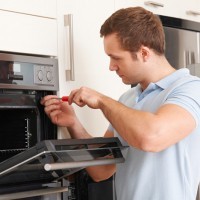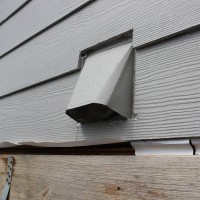What Do You Know About Appliance Repair Safety?
Repairing home appliances such as fridges and washers on your own can be a cost effective solution to any malfunctions. But you need to make sure that you take all the necessary precautions to ensure your own safety and that of your appliance. Of course you want to save some bucks especially on those easy to fix issues, but you can only do that if you know how to do it right. If you choose to do it yourself, it is important that you take necessary precautions to protect your home, appliance and of course, yourself. And if you are unsure about the steps, the right tools to be used and your own safety, you better contact a pro. Below are some appliance repair safety tips to consider:
Unplugging
Most appliances use electricity, so it is a good practice to turn off the power and to make sure that the power source is unplugged before you start troubleshooting a problem. Also, if you are working on a gas appliance, make sure that the gas line is shut off to prevent deadly leaks. If a voltage test is required, make sure that you reconnect the power supply only for that voltage test duration. And immediately disconnect the power once done. Conductive parts should never be allowed to come into contact with any exposed metal parts; they carry current and can be dangerous.
The safety equipment
Just like any home repair project, you will need to wear the appropriate safety gear for your appliance repair job. Safety glasses come in handy as are work gloves, so as to protect parts of your body and more so your hands from sharp metal edges. An electrical multimeter is a handy gadget that allows you to safely confirm that there is an issue with the power flow through a particular connection. This is a crucial step if you are looking for a way to avoid electrocution and electrical shocks when working with your appliance or wiring.
You are advised to refrain from putting on loose clothes and loose jewelry when working on that fridge or stove repair project. You want to work in a well lit environment so that you can spot anything quickly and to prevent stumbles or falls or unwanted contacts. Don’t forget to wear safety boots; they also come in handy when it comes to safety on your repair project.
Why go at it alone?
Unless you are like the trained dryer, fridge, dishwasher or washer repair technician, it is likely that you won’t just look at the appliance and know exactly where the problem is. If so, why go it alone? That appliance came with a repair, maintenance or an operation manual. Use your owner’s manual to guide you through the troubleshooting and repair stages. With this important manual, you will know where some parts are located, how to unscrew or screw, what parts need not be touched and so forth. And if you are putting the appliance back together, always use the wiring diagram on the manual to ensure that you reinstall the appliance’s wires to the correct terminals.
Once done with the repair project, don’t operate the appliance; first make sure that you have properly reinstalled it and according to the manufacturer’s instructions. This is the time to inspect the wiring, all the way to the terminals for potential defects and water valves and connections for any leaks. Make sure you do this before reconnecting your power supply.
These are just a few appliance repair safety tips for the do it yourselfers. If you want expert assistance on any appliance repair project, do not hesitate to contact The Appliance Repair Doctor. We have vast experience in all types of appliance malfunctions and are more than willing to assist you.






